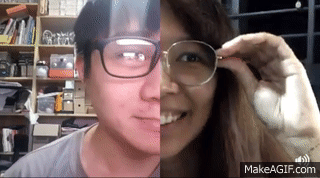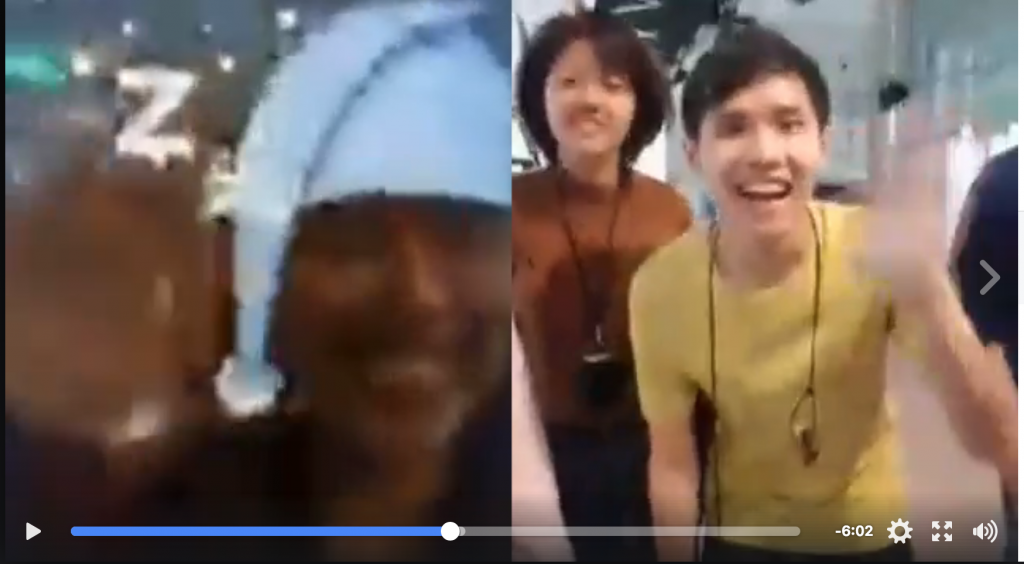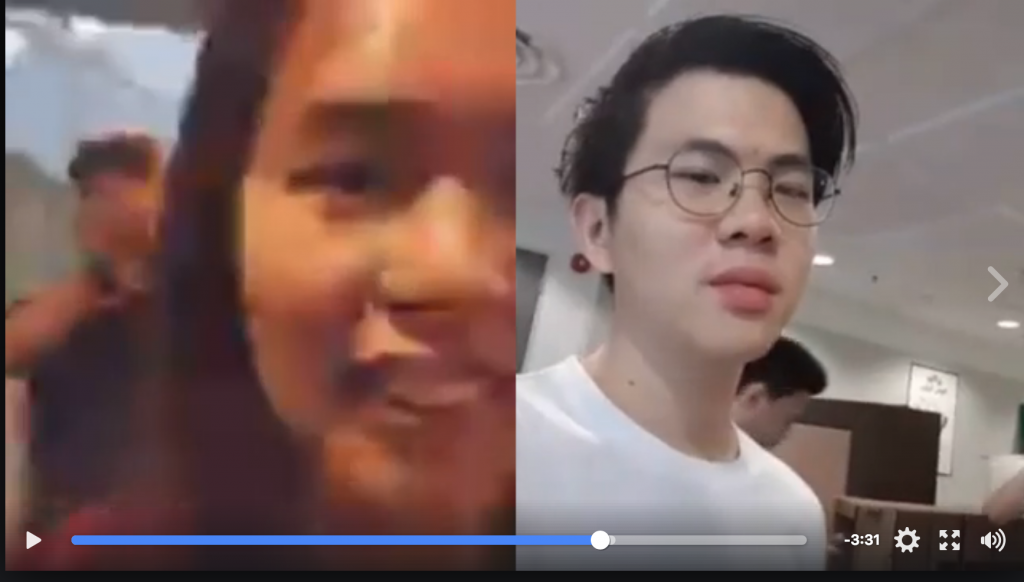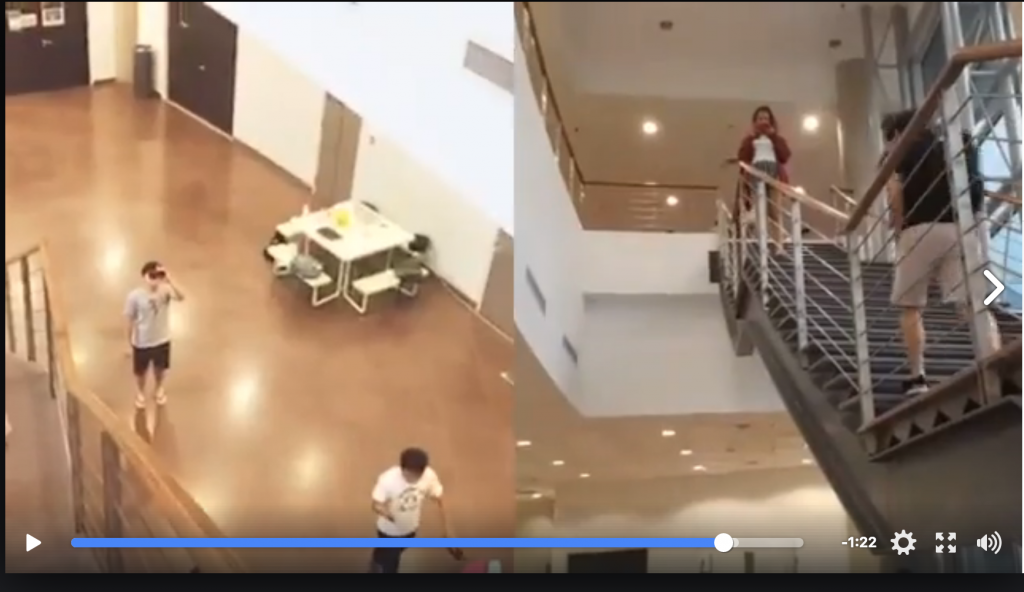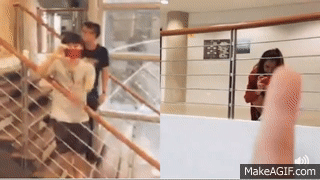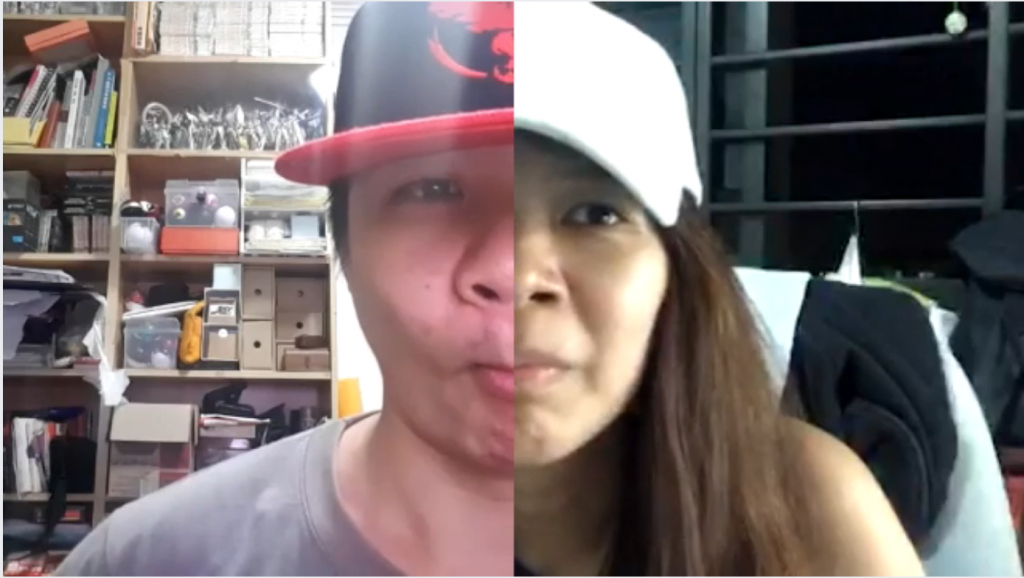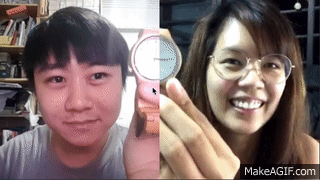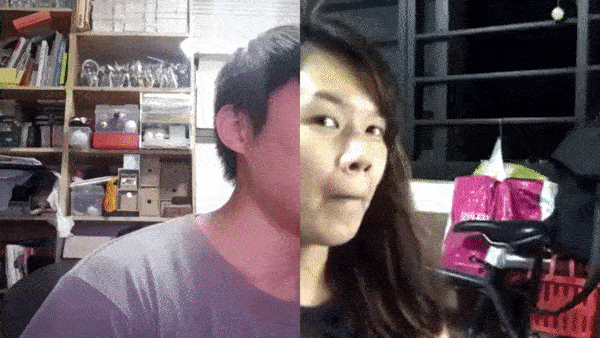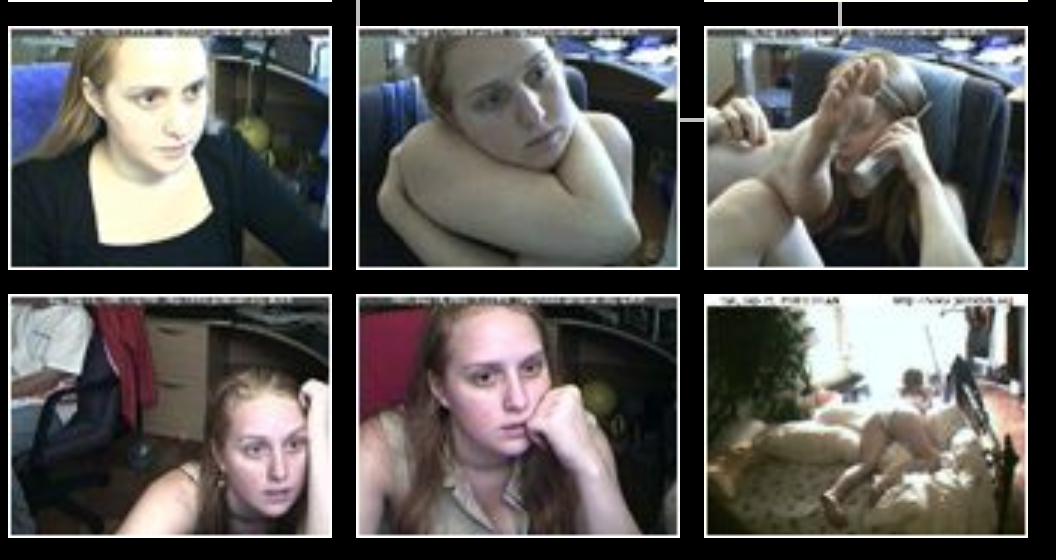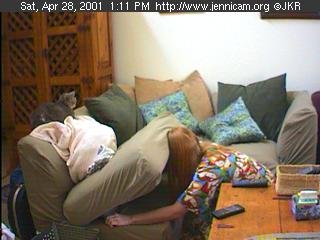Our aim for this week is to finish up the physical form of the flowers earlier so we can pass parts of the flowers to IEM people to do up wiring. We will also be start filming part of the video this weekend!
Considering the timeline, all 5 of us have meet up a few times over the week to make the flowers. There are total 72 flowers split in 2 cluster include 1 with 45 flowers while another is 27. The odd number was chosen after we communicate with IEM side that is easier to code in odd number.
We have gather as many cups as possible over the weeks. The cups makes are split into two process the top and bottom cups, first for the top cup it need to be cut in strips in even numbers then glue them together.
So we will fold and glue them alternately to produce the inner petals. While the other will need to wait for our final assemble. For the bottom cups, we have feedbacks from the IEM side where their LED needs to be out of the tube which is a bit different from our last prototype. More allowance is need for our final form in order to accommodate the LED that IEM side has solder.

We also cut the hole differently from our previous prototype to attached to the plastic tube. For this is easier to slot in and fix the tube together. We also need to cut in strips so that we can folded in this way.
The Total amount of cups we have make! Its very fulfilling to see them coming into shape!

We will be passing them the bottom part only considering that they need to attached the LED on top so that we cannot attached both of them together first.
We also as some of our friends which they given us some suggestions.
As when the light is light up they find it that the light might be too strong and concentrated. So we though of using used plastic bags to divert the light around our flowers.
We also cutting them in circular shape and out it around the flower so that the light can be reflected around. We will be trying the user experience again when we get the workable sensor and LED lights on Thursday.









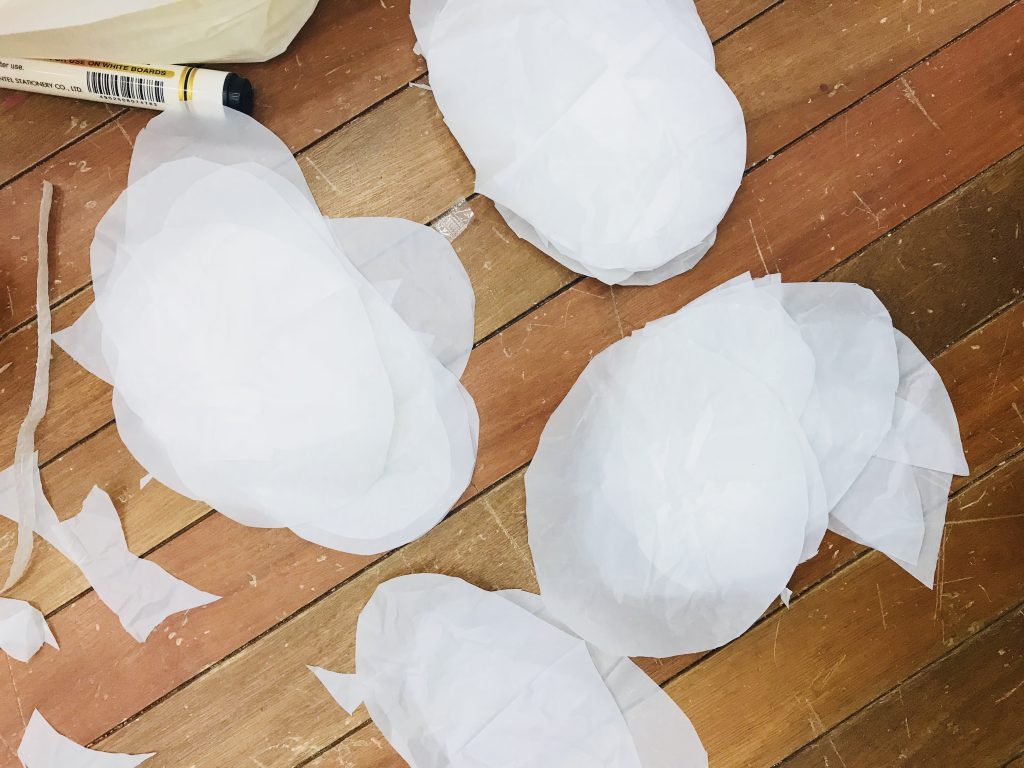








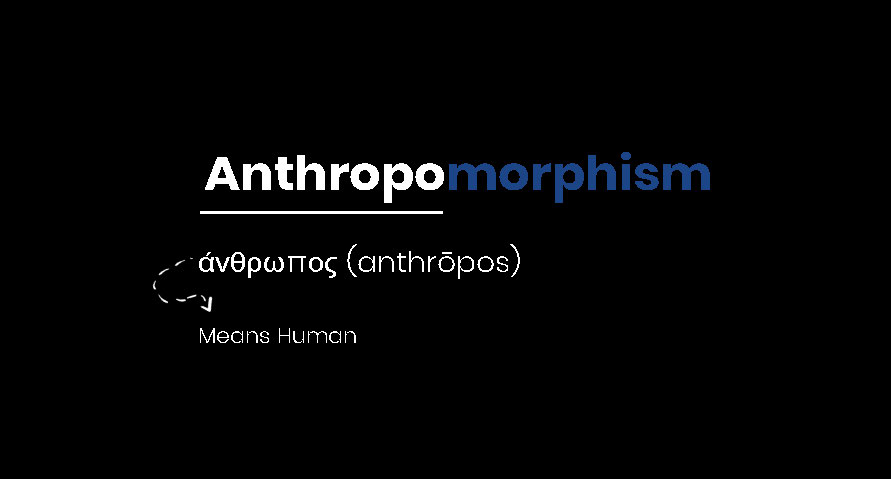
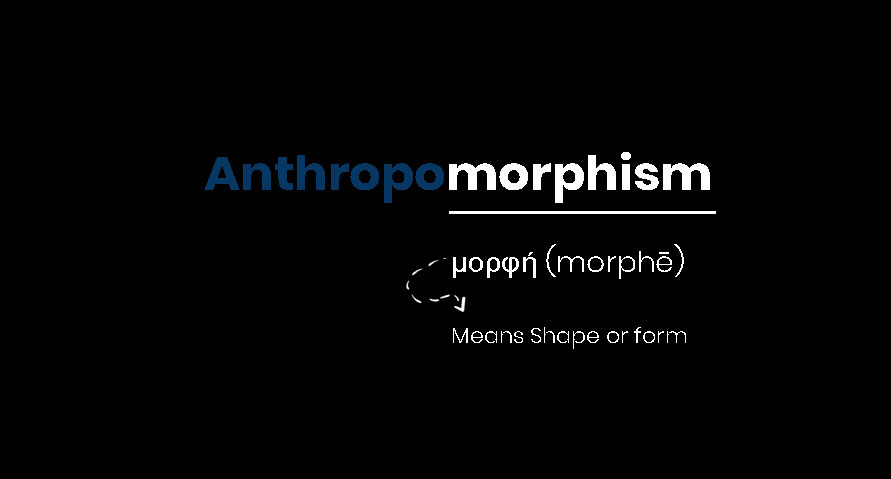













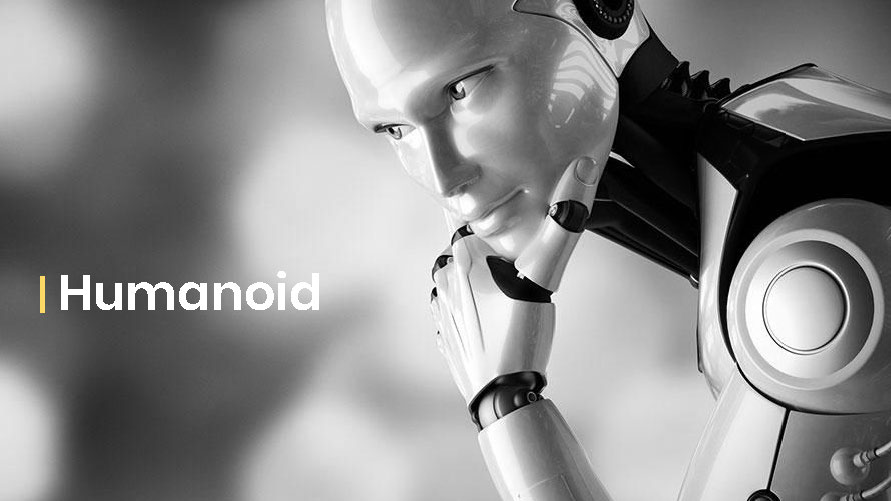


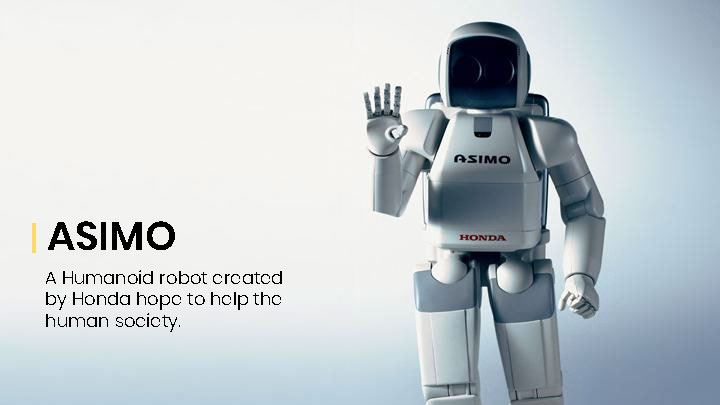






















![ADM-DIP GREEN – Development Process [Discussion on 25 OCT 2017]](https://oss.adm.ntu.edu.sg/a150112/wp-content/uploads/sites/384/2017/10/Screen-Shot-2017-10-25-at-1.54.31-AM-1200x1292.png)




![ADM-DIP GREEN – Development Process [Discussion on 16 OCT 2017]](https://oss.adm.ntu.edu.sg/a150112/wp-content/uploads/sites/384/2017/10/ILIGHT_2.21-1200x751.jpg)


